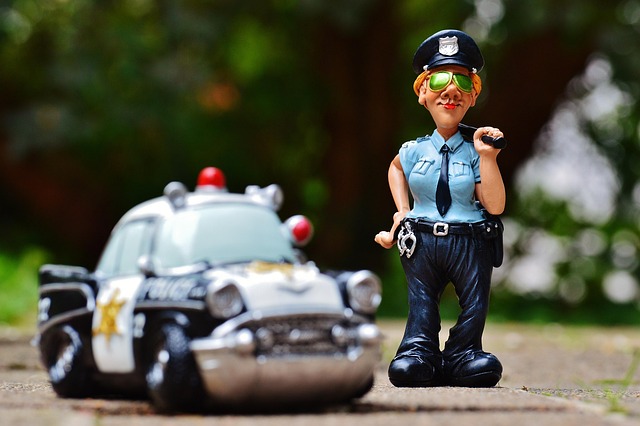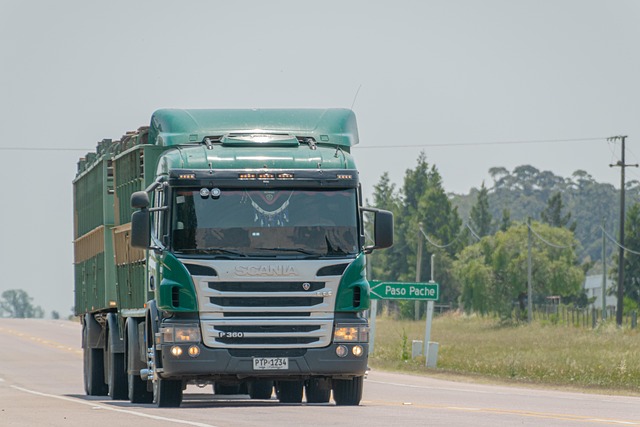Looking to register your car in California? This comprehensive guide walks you through the entire process, ensuring a smooth experience. First, understand the essential requirements for car registration in California, including specific vehicle types and out-of-state transfers. Next, gather all necessary documents for DMV VIN verification, a crucial step in confirming ownership. Perform a vehicle history report check to ensure a clean record. Visit your local California DMV office, pay relevant fees, and finalize your registration. Remember, proper dmv vin verification is key to a successful registration.
- Understand the Requirements for Car Registration in California
- Gather Necessary Documents for DMV VIN Verification
- Perform a Vehicle History Report Check
- Visit Your Local California DMV Office for Registration
- Pay the Required Fees and Finalize the Registration Process
Understand the Requirements for Car Registration in California

Before you begin the registration process, it’s crucial to understand the requirements for car registration in California. The state Department of Motor Vehicles (DMV) mandates several key steps, including a thorough vehicle inspection and verification of your vehicle’s unique identifier—the Vehicle Identification Number (VIN). This VIN verification process is essential to ensure that your car meets all safety and legal standards before it can be licensed and registered.
A mobile VIN verification or inspection is one convenient option offered in California. This service allows you to get your VIN checked remotely, streamlining the initial phase of registration. By combining these steps—VIN verification through a trusted provider and subsequent DMV procedures—you can efficiently navigate the car registration process in California.
Gather Necessary Documents for DMV VIN Verification

Before heading to the DMV for registration, make sure you have all the essential documents ready. The key to a smooth process is thorough preparation, especially when it comes to DMV VIN verification. This crucial step involves confirming your vehicle’s unique identification number (VIN) through official channels. Gather the following:
1. Your vehicle’s title, if applicable.
2. Registration application form, which can be obtained from the DMV or downloaded online.
3. Valid driver’s license or state-issued ID.
4. Proof of insurance card.
5. If you’ve recently purchased the car, a copy of the bill of sale or purchase agreement.
6. For mobile VIN verification or vin inspection, ensure your phone is charged and within reach, as some services allow you to complete this process digitally.
Perform a Vehicle History Report Check

Before registering your car in California, it’s crucial to perform a Vehicle History Report (VHR) check using the vehicle’s unique Identification Number (VIN). This process is known as DMV VIN verification and plays a vital role in ensuring that the vehicle you’re about to register has not been reported stolen or had any significant damage. By conducting this check, you can protect yourself from potential legal issues and financial losses down the line.
A mobile vin inspection or mobile vin verifier can simplify this step by allowing you to complete the VHR check conveniently. These services provide a quick and efficient way to verify the vehicle’s history, ensuring that all records are accurate and up-to-date. This is particularly beneficial for those who may not have access to traditional DMV services or prefer a more streamlined registration process.
Visit Your Local California DMV Office for Registration

To begin the car registration process in California, the first step is to visit your local DMV office. This is where you’ll initiate the official procedures and ensure your vehicle complies with state regulations. Upon arrival, you’ll need to bring along several essential documents, including proof of ownership, identification, and a valid driver’s license. The DMV staff will guide you through the process, which involves completing necessary forms and conducting a comprehensive vin inspection. This verification process ensures that your vehicle’s unique vehicle identification number (VIN) is accurate and matches the details in their records.
Many California residents opt for convenient alternatives like using a mobile vin verifier to streamline this step. These services allow you to get a quick vin inspection from the comfort of your home or on-the-go, saving time and effort compared to visiting a DMV office. However, it’s crucial to ensure these mobile services are reputable and reliable to avoid any potential issues with vehicle registration later.
Pay the Required Fees and Finalize the Registration Process

After submitting your application and necessary documents, the next step is to pay the required fees for car registration in California. The California Department of Motor Vehicles (DMV) will review your application and perform a VIN (Vehicle Identification Number) verification. This process involves checking the vehicle’s history and ensuring it meets all legal standards. A mobile vin verifier or a professional vin inspection might be utilized during this stage to confirm the vehicle’s authenticity and condition. Once approved, you’ll be required to pay the registration fee along with any applicable taxes.
After successfully completing the VIN verification, the DMV will process your registration request. They will issue a registration certificate, which is a crucial document for your vehicle’s legal operation on California roads. It’s important to ensure all information on the certificate is accurate and matches your vehicle’s details. Keep this document handy as it may be required during future interactions with law enforcement or when dealing with insurance claims.
Registering your car in California involves understanding specific requirements, gathering essential documents, and completing several steps. After ensuring your vehicle meets the standards through a VIN verification process with the DMV, you can visit your local office, pay the necessary fees, and finalize the registration. This straightforward process ensures legal compliance for your vehicle in the Golden State.
